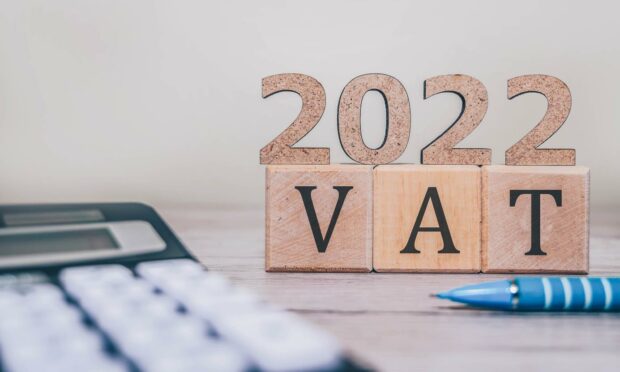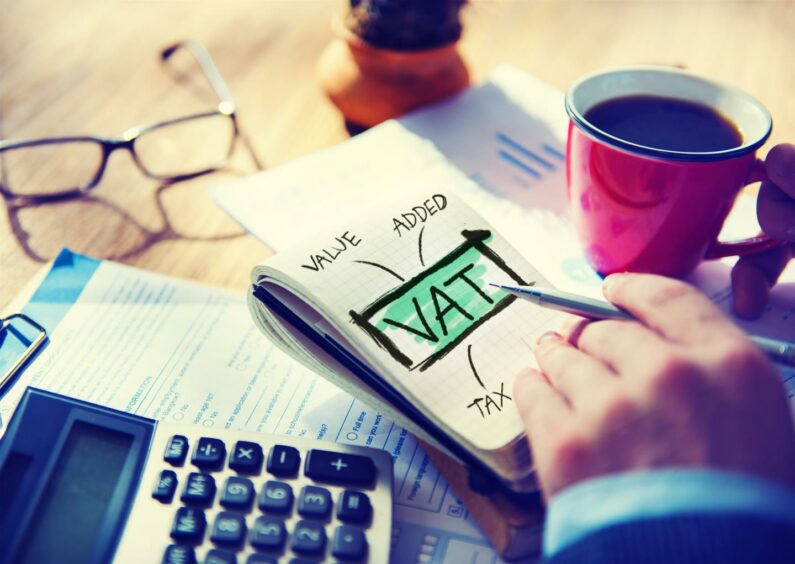Businesses are being urged to take steps to prepare for Making Tax Digital (MTD) for value added tax (VAT).
It becomes mandatory for all VAT-registered businesses from April 1.
MTD for VAT is part of the overall digitalisation of UK taxation. The aim is to help businesses eliminate common errors and save time managing their tax affairs.
MTD benefits
HM Revenue & Customs (HMRC) has highlighted that in a recent independent study of more than 2,000 businesses, 69% reported experiencing at least one benefit from MTD.
These included firms preparing and submitting returns faster and increased confidence they were getting their taxes right.
More than two-thirds (67%) of businesses said MTD had reduced the potential for mistakes in at least one aspect of the VAT record-keeping, preparation and returns process.
MTD is fundamental to the delivery of a trusted and modern tax system.”
Joanna Rowland, transformation group director-general, HMRC.
As of December 2021, nearly 1.6 million taxpayers had joined MTD for VAT, with more than 11 million returns successfully submitted.
Around one-third of VAT-registered businesses with taxable turnover below £85,000 have voluntarily signed up to MTD for VAT ahead of April 2022, and thousands more are signing up each week.
Since April 2019, businesses with a taxable turnover above £85,000 have been required to follow MTD, keeping digital records and filing VAT returns using MTD compatible software.
In July 2020 it was announced that all VAT-registered businesses must file digitally through MTD from April 2022, regardless of turnover.
HMRC is now reminding businesses below the £85,000 threshold of the steps which they need to take to be ready.
To sign up to MTD VAT, businesses, or an agent on their behalf, need to:
- Visit GOV.UK and choose MTD-compatible software.
- Keep digital records starting from 1 April 2022 or the beginning of their VAT period.
- Sign up and submit their VAT Return through MTD.
If businesses have not yet signed up to MTD for VAT, they should do so now to ensure they are ready in time for the April deadline.
HMRC transformation group director-general Joanna Rowland said: “MTD is fundamental to the delivery of a trusted and modern tax system, making it easier for businesses to get their tax right and supporting the UK to go digital.
“By signing up for MTD, we expect most businesses to experience long-term benefits, including reduced errors and time saved in managing their tax affairs.
“We encourage businesses to explore digital record-keeping for their VAT affairs and use this time to choose the right software to support their business needs.”
‘It’s important that firms do all they can to get ahead of deadlines’
Federation of Small Businesses (FSB) chairman Mike Cherry said: “We have worked hard to ensure Making Tax Digital launch dates were adjusted to give small businesses more time to prepare and allow more competition to open up in the accounting software market.
“It’s important that firms do all they can to get ahead of deadlines and access the affordable platforms that are now available.
“If they are members of FSB, they will have access to a new, easy MTD member service that we are creating.”
Mr Cherry added: “We’ll continue to work with government, and through our support services, to minimise the admin and cost impacts of MTD on small firms, whilst unlocking the productivity gains the initiative could bring.”
Businesses can find help and support on how to sign up for MTD at GOV.UK.
Agents can sign up on behalf of a business, although firms remain responsible for meeting their VAT obligations. Those who do not join may be charged a penalty for failure to do so.
Webinars
For those businesses needing help and support on signing up for MTD, HMRC is running a series of webinars. More information can be found on HMRC’s MTD help page.
An HMRC spokesman said: “We recognise some businesses will experience upfront costs in joining MTD.
“There are a range of compatible software products available for MTD for VAT, allowing businesses to choose which tools they use to run their business and tax affairs.
“A list of software compatible with MTD for VAT, including low-cost options, can be found via HMRC’s Making Tax Digital for VAT website.
Exemption clause
Some VAT-registered businesses may be eligible for an exemption from MTD, if it is not reasonable or practicable for them to use digital tools for their tax.
If a business has previously been granted an exemption for VAT online filing, this will carry over to MTD VAT requirements. Go to GOV.UK for more information on how to apply for an exemption.
Businesses must sign up to MTD at least five days after their last non-MTD VAT return deadline date, and no less than seven days before their first – or risk paying their VAT twice.
Firms must keep digital records under MTD. This can be done through software.
Where a business chooses to use bridging software, digital links must be in place to ensure records are kept digitally as information is transferred between different platforms.
FSB seeks help for SMEs after Covid kills off 20,000 Scottish firms
Inflation rise worry as fuel and energy costs drives rate to highest level in nearly a decade
Businesses need to have signed up to MTD for their first VAT return starting on or after April 1 2022. They may not be required to make their first submission via MTD until summer 2022.
Last year, the UK Government announced that MTD for income tax self-assessment will be introduced a year later.
It will now come into effect in the tax year beginning in April 2024, giving businesses more time to prepare.




